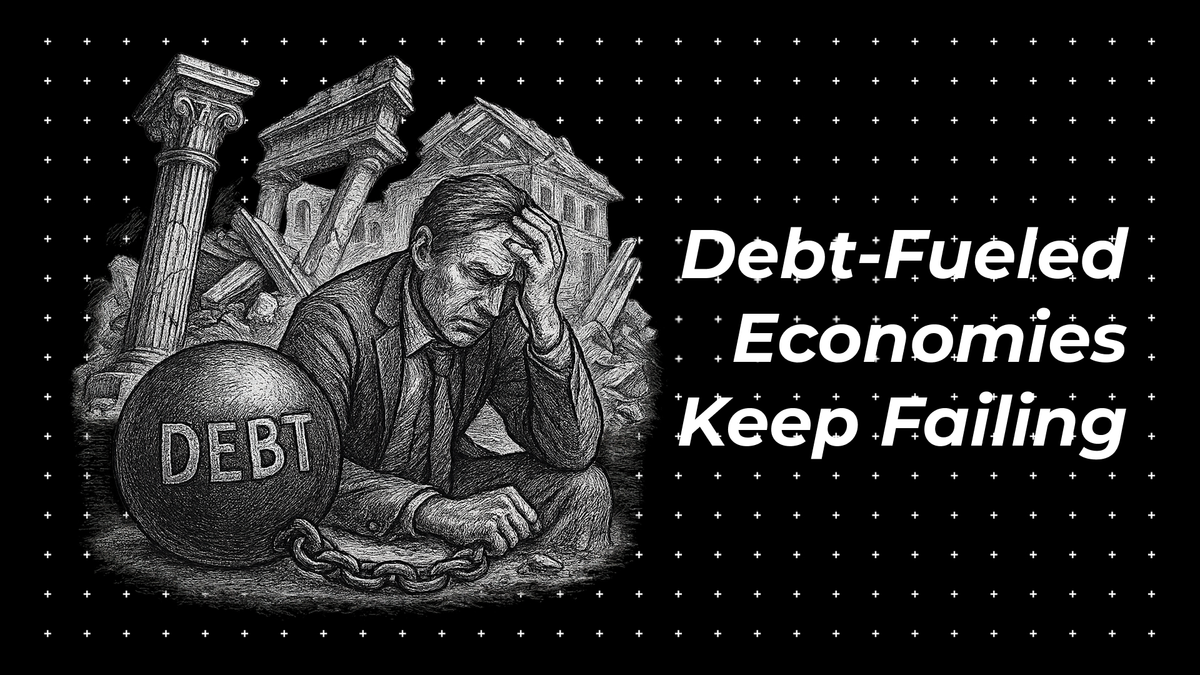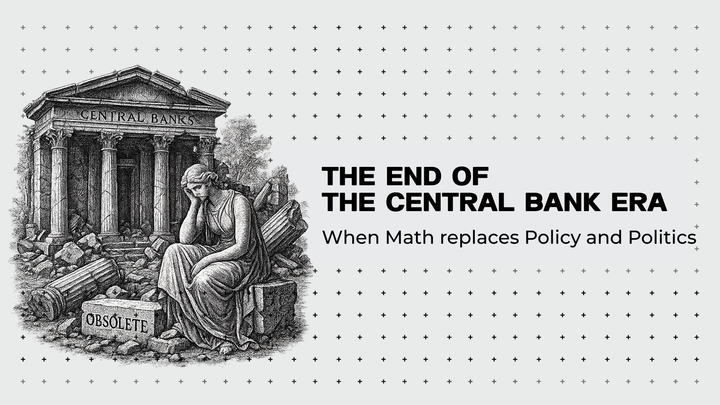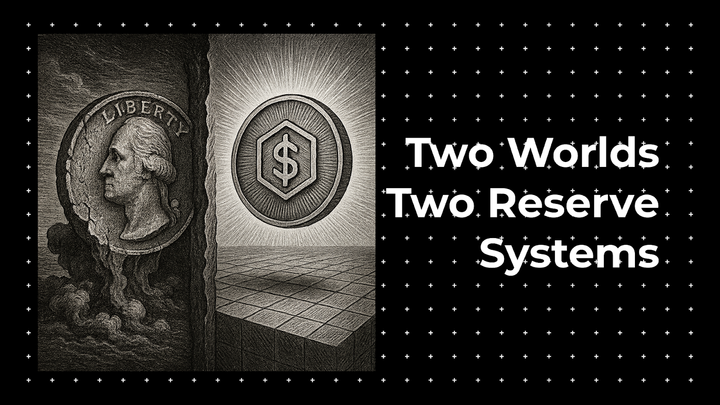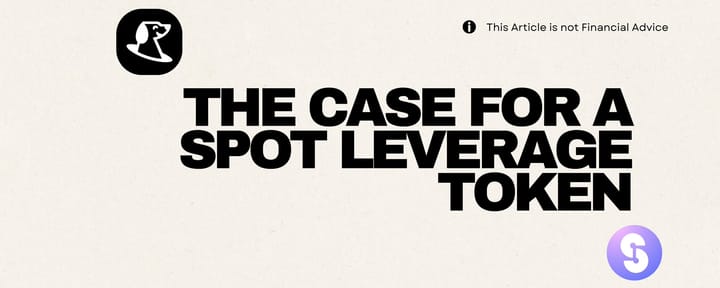Debt-Fueled Economies Are Doomed

The Endless Debt Cycle
Countries borrow money. slide into a sovereign debt crisis, print more, and repeat.
Argentina, Ghana, Lebanon, Sri Lanka, same story everywhere. Governments try bailouts, loans from the IMF, switching to dollars. Nothing works long-term. The problem isn't just bad decisions. It's the money system itself. SPOT is different. It's built on Ampleforth's $AMPL technology. It's not another quick fix but a whole new way to think about money.
When Money Printing Goes Wrong, here's how it always happens:
A country needs cash, so it borrows in its own currency. When money gets tight, leaders decide to print more. Prices shoot up everywhere. People lose confidence. The economy tanks. Then the cycle starts again. Look at the numbers:
- Argentina hit 276% inflation in 2024
- Ghana's currency lost half its value in one year
- Lebanon's money collapsed 98% since 2019
When this happens, inflation quietly drains your wealth. Your savings become worthless. Your plans fall apart. You stop trusting the system completely.
People run to dollars. Banks lose customers. The local currency becomes trash.
This isn't just economics, it's personal. Your money disappears while you watch.
Why Alternatives Flop
People hunt for alternatives to fiat currency - Bitcoin, stablecoins, CBDCs—but each has pitfalls.
- Bitcoin jumps around too much. In 2022, it dropped from $48,000 to under $16,000 in months. You can't plan your life around that kind of chaos.
- Stablecoins seem safer, but they're just dollars in disguise. They carry dollar inflation and government risk. Remember when USDC lost its peg in March 2023? Even "safe" coins can break.
- Government digital currencies are just surveillance tools. The same people who broke your trust now want to track every purchase.
These aren't real alternatives. They're the same old system with new packaging.
SPOT Is Money Redefined
SPOT doesn't try to copy the dollar. No. It doesn't swing wildly like Bitcoin. It doesn't need permission from governments. It's what we call a Low Volatility Asset. How SPOT turned stress into protocol strength shows how it handles market pressure without breaking.
SPOT adjusts automatically using steady-state economics in DeFi. When demand changes, the system rebalances itself. No human decisions. No printing press politics. The underlying $AMPL technology has been running since 2019, as detailed in SPOT Protocol catalyzing DeFi again. The system works because it's been tested by real money, real users, real time. Unlike stablecoins that depend on banks and reserves, SPOT runs entirely on blockchain code. It's transparent and works with other DeFi protocols through redefining low-risk on-chain assets.
No central bank controls it. No government can shut it down. It runs on math, using $AMPL as a value-expressive asset that responds to real market forces.
SPOT in the Real World
Here’s how over-indebted countries could use SPOT:
- public savings. SPOT could serve as a digital hedge against local currency collapse. If Ghana had held 1% of its reserves in SPOT in 2023, it could have preserved value while the cedi lost over half its strength.
- community pools. In Nigeria, an estimated 40–50 million people participate in local savings groups like Ajo, Esusu, and SILC, shielding savings from inflation and fostering community resilience. Replacing naira with SPOT could shield those savings from inflation.
- cross-border transfers. Remittances to low-income countries reached $669 billion in 2023. Sending SPOT instead of fiat can ensure the money holds its value upon arrival. For a family in rural Kenya or Bangladesh, that difference could be between school fees or no school at all.
- digital cooperatives. Shared savings circles in countries like Kenya and Senegal could run entirely on-chain using SPOT. These savings circles would be transparent, auditable, and trustless.
- treasury diversification. For frontier-market countries, even 1% of a central bank’s holdings in SPOT could offer a buffer against sudden devaluation or sanctions. With a global rise in de-dollarization, having decentralized reserves is strategic.
- NGO and aid programs. Humanitarian aid often loses value in hyper-inflated zones. Disbursing funds in SPOT would protect recipients from erosion and allow NGOs to track fund flows transparently on-chain.
The Hurdles and the Hope
SPOT isn’t a silver-bullet debt-relief solution, but it takes politics out of money. It won’t replace strong institutions, good governance, or structural reforms. But it doesn’t ask for trust. It doesn’t rely on legacy power. And it doesn’t inflate.
For countries stuck between unstable local currencies and centralized foreign ones, SPOT offers something they’ve never had: a neutral, programmable, and resilient store of value. If traditional tools keep failing, a neutral asset like SPOT could restore macroeconomic stability from the ground up.
Start small. Save trustlessly. Let money do its job again.
Explore how blockchain-based economics can break the debt cycle at www.spot.cash or Ampleforth’s docs.




